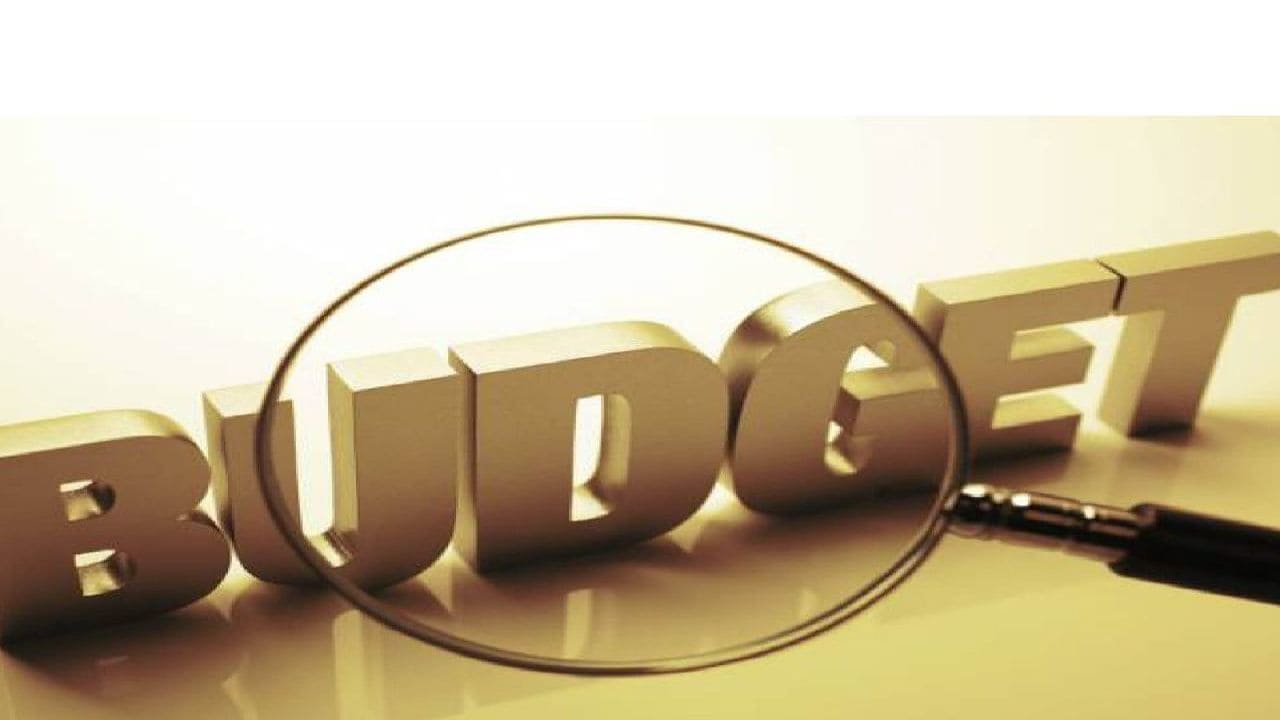
The budget consultations with industries have already concluded at North Block and sources indicated that key budget makers are grappling with a slew of challenges that “will be evident in the upcoming budget.”
Sources told CNBC-TV18 that the government is designing policy measures to address economic challenges stemming from the “depreciating rupee and the geo-political challenges accentuating supply-side risks.” The Finance Minister is expected to emphasise these issues in her budget speech, with a statement aimed at soothing concerns on these parameters, sources added.
Persistent inflation a big headache
Another priority for the government is tackling the persistent challenge of inflation. Sources revealed that “inflation continues to haunt the government, with prices of key commodities and basic food items likely to remain volatile.” A commentary addressing this volatility is expected in the budget speech.
India’s retail inflation dropped to 5.5% in November from a 14-month high of 6.2% in October, driven by cooling food prices. However, food inflation remains elevated in certain categories, such as potatoes, garlic, and some pulses, which continue to see double-digit inflation. Core inflation is expected to stay contained, with headline inflation projected to ease to 4.5% in Q4 FY24.
Former RBI Governor Shaktikanta Das reiterated that reducing inflation and aligning it with the target is essential for fostering sustainable growth. He emphasised that price stability is the foundation for higher growth and that maintaining a neutral monetary stance is prudent to avoid counterproductive timing.
Measures to boost consumption, spending and job creation
Sources also indicated that the upcoming budget might include measures to boost consumption and enhance spending power.
“The budget could include measures to address the consumption slowdown by putting more money in people’s hands through tax breaks and direct benefit transfers. The Finance Minister is likely to highlight the government’s efforts in this area and announce new initiatives to address this challenge, possibly referring to the slowdown as a temporary phase,” sources added.
Job creation is another significant focus area. Sources noted, “The budget will likely maintain its emphasis on rural and semi-urban job creation, along with incentives for generating employment in both skilled and unskilled sectors. Policies to boost professional employment are also under consideration.”
Additionally, the budget makers are exploring “reworking duties on items like gold to address the trade deficit burden.” Protectionist measures aimed at supporting domestic industries, creating jobs, and sustaining the manufacturing cycle are also being considered, sources said.
Meanwhile, experts expect the upcoming budget to reflect the multitude of economic challenges India faces.
What experts have to say
Abhishek Jain, Indirect Tax Head & Partner at KPMG, stated, “The government faces a delicate balancing act—supporting economic growth while controlling the fiscal deficit. Global trade uncertainties may necessitate continued trade incentives with specific partners, adding pressure on revenue collections. Pruning exemptions and broadening the tax base could improve collections, but these measures must be carefully calibrated to avoid disrupting overall economic momentum. Additionally, with a declining rupee, the focus on ‘Make in India’ should intensify to enhance domestic manufacturing capabilities, reduce imports, and ease pressure on the balance of payments.”
On the employment front, India, as the world’s most populous country with 1.45 billion citizens and a median age of 29 years, is set to add 133 million people to its working-age population by 2050. Mass-scale employment generation is critical to productively engaging this young population and driving inclusive growth.
The Union Budget FY25 outlined a series of initiatives to boost employment, including the Employment Linked Incentive Scheme, supported by industry body CII. The forthcoming budget may announce further measures to generate jobs.
Chandrajit Banerjee, Director General of CII, commented, “India stands at a unique juncture where its demographic dividend presents an opportunity for economic growth and social transformation. Employment generation is a critical pillar in this journey. Alongside higher employment, we must also boost productivity. India’s Incremental Capital Output Ratio (ICOR) needs to trend down from its current level of 4.1. The Union Budget could consider setting up an expert committee to study this issue in greater detail and recommend measures for the way forward.”
Vivek Iyer, Partner at Grant Thornton Bharat, highlighted that “With the rupee depreciating and geopolitical challenges accentuating supply-side risks, inflation will remain a challenge. Fiscal policy must take the lead in stimulating growth without blowing the fiscal deficit out of control. Policies need to focus on achieving GDP growth north of 8.5% while incentivizing private sector investments through public-private partnerships in areas like infrastructure, MSMEs, R&D, climate, ESG, and agriculture. Incentives such as subsidies, credit guarantees, refinancing, and tax breaks could be explored. Foreign capital will also be critical for addressing currency volatility and building FX reserves.”
D.K. Srivastava, Chief Policy Advisor at EY India, remarked, “The depreciating rupee may be a temporary phenomenon. Global crude prices are expected to fall with increased U.S. participation in global oil and gas supplies, which could ease domestic inflation and exchange rate pressures. Fiscal instruments have limited scope in addressing these challenges, but coordination with the RBI could enhance intervention effectiveness.”
All eyes are now on February 1, when Nirmala Sitharaman will present her seventh budget for the country.


